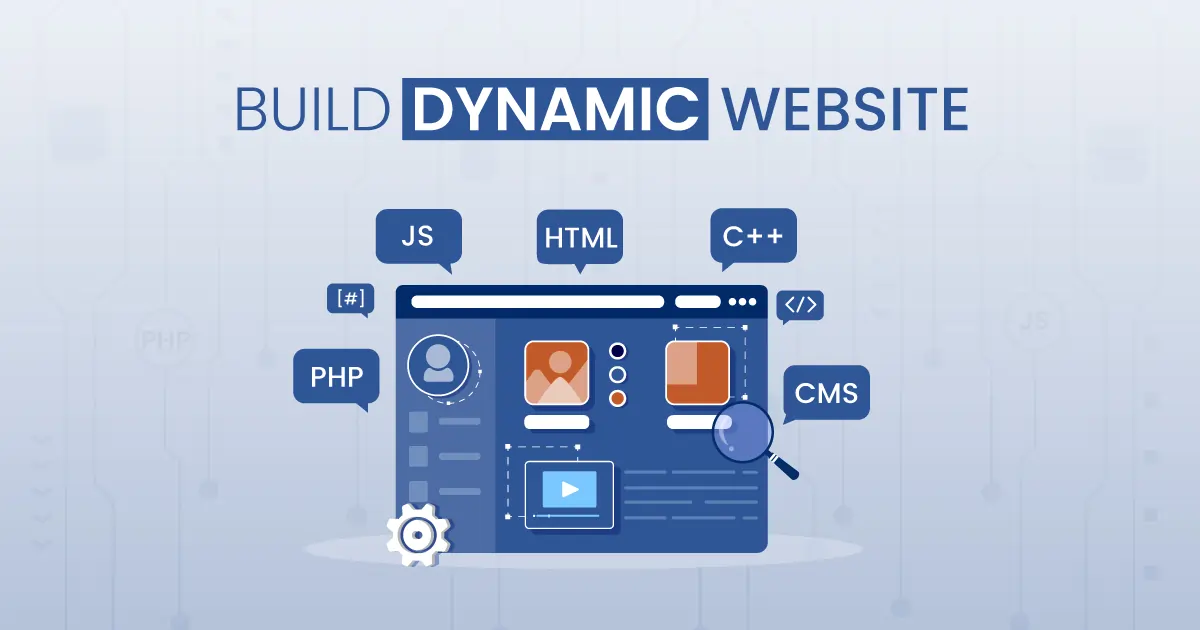Did you know many big brands like X Corp, Amazon, YouTube, Daraz, Alibaba, etc use the dynamic website? The reason is dynamic websites have many variations and can be edited at any time with newly generated content. Thus, you can easily update your web pages ensuring its responsiveness, and functionality.
So, we have created an article to help you build a dynamic website that enhances your customer engagement and revenue. Keep Reading!
What is a Dynamic Website?
As the name suggests, dynamic means constantly changing. So, dynamic websites constantly change upon observing users’ past searches, actions, and locations, and recommend users their likable things to keep them engaging.
Dynamic sites are created using technologies like server-side scripting languages, databases, and servers. Server-side scripting languages include PHP, Python (Django), Ruby (Ruby on Rails), Java (Servlets, JSP), and Node.js, Databases include MySQL, PostgreSQL, MongoDB, and Microsoft SQL Server, etc., and Servers include Apache, Nginx. All these technologies ensure the web pages change according to the devices. For example, when you open a dynamic website on a Phone, the complete structure will be changed to phone mode. The same goes for tablets, PCs, and other devices. Thus, it is very beneficial to enrich your target audience at any time. You can use dynamic websites to post videos, images, and social media content.
Difference Between Static Website & Dynamic Website
Have you ever noticed that when you go through some websites they do not change and some change within seconds? Why does it happen? A website that does not change is called a static website, and those that almost instantly change are called dynamic websites. Let’s see the difference between them.
Static Website
Static sites are hard to edit, changeable, or responsive to users. Websites are made with CSS, HTML, and JavaScript. Though you can change pages with new codes, it is pre-built and not dynamically generated thus, the codes remain the same. Also, when you generate new codes, it takes time to load as a result, visitors might not see complete content while scrolling. Also, static websites are easy to hack as the codes do not change. So, security always stays at risk.
Dynamic Website
Dynamic sites respond to visitors and immediately suggest related content within seconds. Unlike static sites, dynamic web development services have more variations such as content generated through server-side languages like Node, PHP, Python, etc. It is dynamically generated from the server. You just make a request and a new code will appear. The fun fact is every time the codes are different. Also, you get the finished pages very quickly thus, when visitors visit your page, they see complete details.
Moreover, the security is hard to hack as there are a variety of solutions to protect your website.
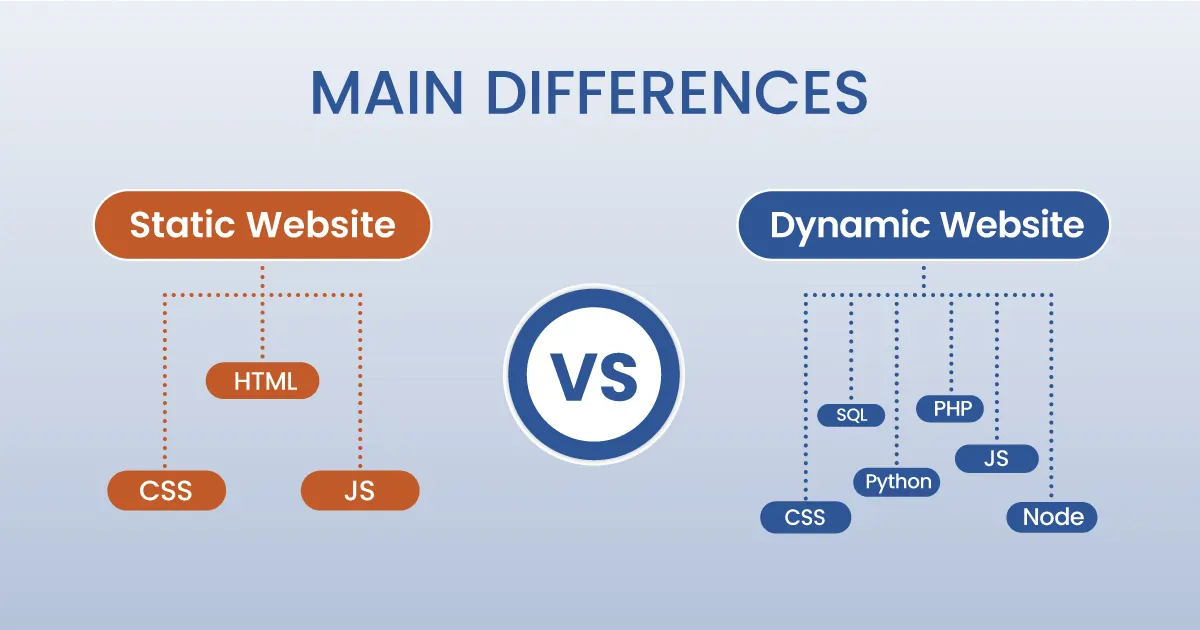
Different Types of Dynamic Websites
To create a dynamic website, you need two types of scripting. server-side scripting & client-side scripting.
1. Client-side Scripting (Front End)
Client-side scripting involves a web browser for processing. every data gets saved in the web browser according to visitors’ responses. For example, I like to see cooking videos on Facebook, this information will be directly saved in client-side scripting and Facebook will recommend similar types of videos. Thus, the content pages change according to my preferences. The client-side scripting languages you need to build a dynamic website are JavaScript, CSS, HTML, and front-end frameworks like React.js, Angular, and Vue.js.
2. Server-side Scripting (Back End)
Server-side scripting involves a web server. Through this scripting language, you can request new codes and change the web page structures. Also, visitors’ information gets saved in the database. For example, if I log into an e-commerce shop, my added items in the cart will appear because the script has instructed this to the server. Server-side languages like Python, PHP, and Node are needed to build a dynamic website.
Though both language functions are different, they are connected. While client-side scripting focuses on the client’s liking, the server-side scripting uploads images, records information to the database, and creates an interactive user-friendly website.
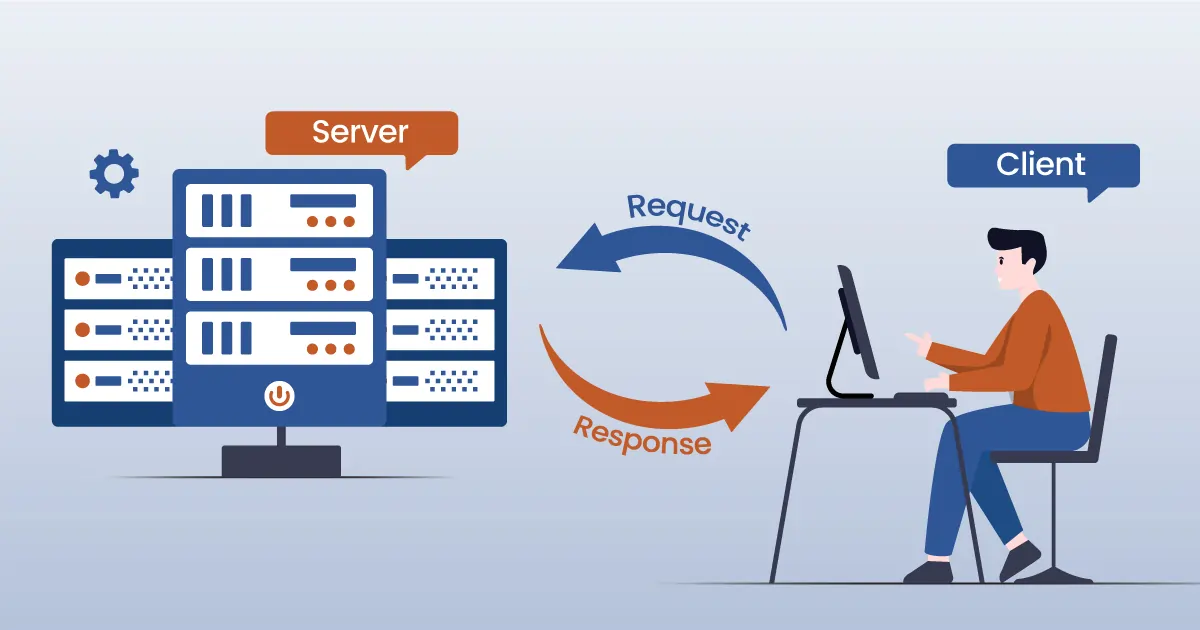
How Dynamic Sites Work
Now that you know the types of languages you need to create a dynamic website, let’s see how it works.
HTML files
Dynamic sites do not use separate HTML files for each page design, rather customize an HTML file for the users when the user requests the page by taking website data from the database. They get a new code every time thus, customizing is easy.
Software Languages
Client-side scripting and server-side scripting language connectively create an audience-friendly dynamic website. Using HTML, CSS, JavaScript, Python, PHP, etc. They analyze audience location, behavior, likes, dislikes, and time zone and show visitor’s preferred content continuously.
Visitor Analytics
When a visitor visits the pages, dynamic websites immediately observe their action and collect data like interests, gender, and other relevant information to recommend content. It keeps them engaged in the website, looking at other relevant things too.
Time zone & Location
By identifying the target audiences’ country and local time, the website portrays relevant information, offers, sales, and other promotional activities to enhance engagement.
Language Usage
Dynamic sites also grasp users’ language usage and showcase culturally appropriate content that satisfies them, ensuring conversion improvement.
Build a Dynamic Website Like a Pro
You have seen all the details about dynamic sites now, how to make a dynamic website? Read this section to build one and increase conversions and popularity.
Choose a Suitable Platform
First, note down your budget and how you want your website to look. Now, you can use Content Management System (CMS) and website builders to build your website.
If you want to use website builders to build your website, you can pay hosting, domain, and plugin costs in monthly subscriptions. They offer a visual interface which makes the editing easy. Also, the security system is good as they take care of the security and provide customer service. However, the themes and plugins are limited like it has only e-commerce and blogging features.
On the other hand, if you want to use CMS for building a dynamic website, you need to purchase hosting, domain, and plugins separately. Just like website builders, it also offers a visual interface, thus easy to use. The security depends on users’ management. However, the reason I like CMS more than website builders is that it has many themes and plugin options to help you build a unique website, ensuring high traffic. Also, you can customize your plugins and easily migrate your website.
I have told you the pros and cons of both CMS and Website builders. Now choose and start working on the one that works best for you.
Design & Build Dynamic Website
You probably already have a vision of how you want your dynamic pages to look. So, while creating your website, keep those in mind to reach your goals successfully.
- Choose a color scheme that represents your brand, however, the colors should elevate the design not distract the audience. For example, do not use yellow text on a white background, it does not look good.
- For Typography, use readable fonts. Some fonts look very artistic but are hard to read. Do not use those for your website. Think about your audience and choose a font that is eye-soothing and easily understandable.
- Visual hierarchy is also important. While designing, make the titles bigger and provide a different color or bold them so that when the visitors scroll through your website, the main points immediately catch their eyes and they get the needed information immediately.
Make your dynamic web page visually appealing and place the Call-to-Action (CTA) button in easily visible places like under the ATF or at the end of the page. Ensure the navigation is guiding and sequential. It will answer audiences’ queries and provide them confidence to purchase from you.
Ensure Its Functionality
Now that you have set up the website structure. It is time to ensure its functionality. Based on your website type, you need to use different features. For example, if you are a service provider, you do not need to have carts or product pages. You need to set up service pages and create sustainable content to promote your services. And if you are a product seller, your e-commerce website needs to have product pages with stunning graphic designs and videos, carts, review sections, etc.
However, some features you need to add in both types are easy-to-use portals, multiple payment gateways, etc. After adding all the important features, check its functionality, ensuring audience engagement and fast load times.
Do a thorough Website Testing and Launch
After you are done designing your home page and other pages, you need to test it to check if the website works smoothly. You can do Peer testing, or use tools to check performance. You can test through real-time reviews. Nowadays there are many websites where people check website functionality, and quality, and write an overall review on your website however, you need to spend some money. It will help you understand errors and fix them accordingly.
When you are happy with the testing, launch it. You also need to maintain the website’s performance by regularly checking its speed, links, and other features.
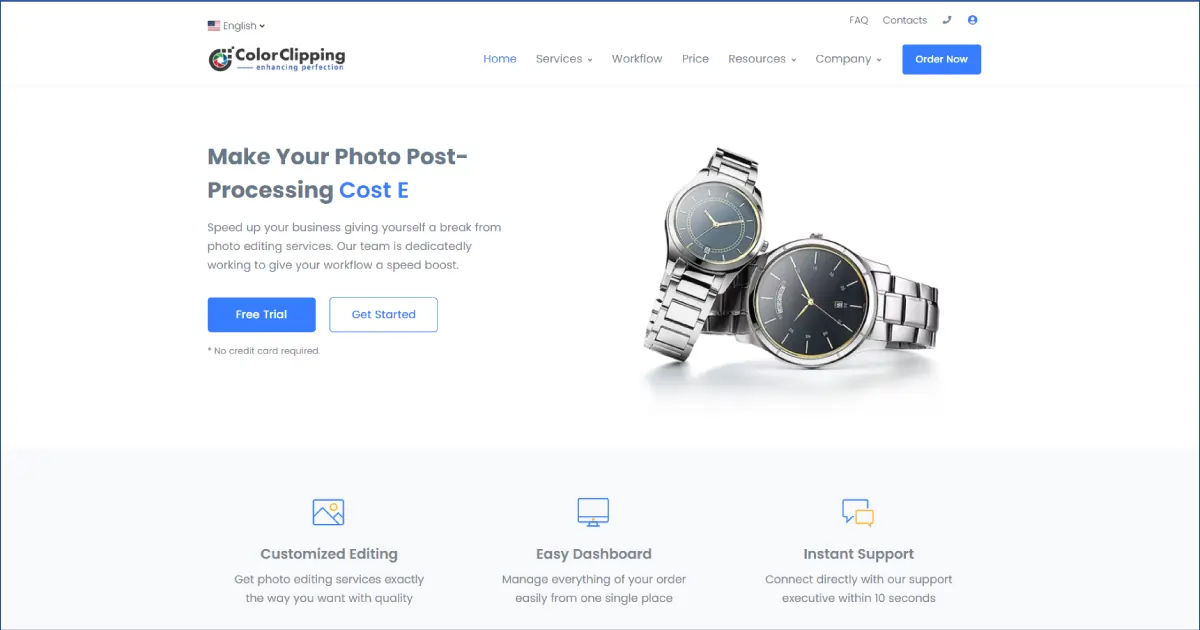
Usage of Dynamic Websites & Examples
Having various features makes dynamic websites suitable for different types of websites like e-commerce websites, news websites, social media websites, service websites, etc.
E-commerce Website
You need an interactive site to attract your target audience and dynamic websites use server-side scripting language to establish database interactions. It also records customers’ searches, past purchases, etc, and recommends products continuously. It provides value, keeps them engaged, and increases purchase rates. Here is an example of an e-commerce website:
Amazon

If you have already purchased from Amazon, you already know it is a great example of a dynamic site. It suggests customers’ products according to past searches and purchases. Identifying the customer’s location provides delivery suggestions. Customers can also track their orders and payments.
News websites
News portals need to update content regularly, thus building a dynamic website enhances reader engagement. They will be updated with real-time posts quickly and write comments. Dynamic sites also suggest news according to users’ locations.
CNN (Cable News Network)
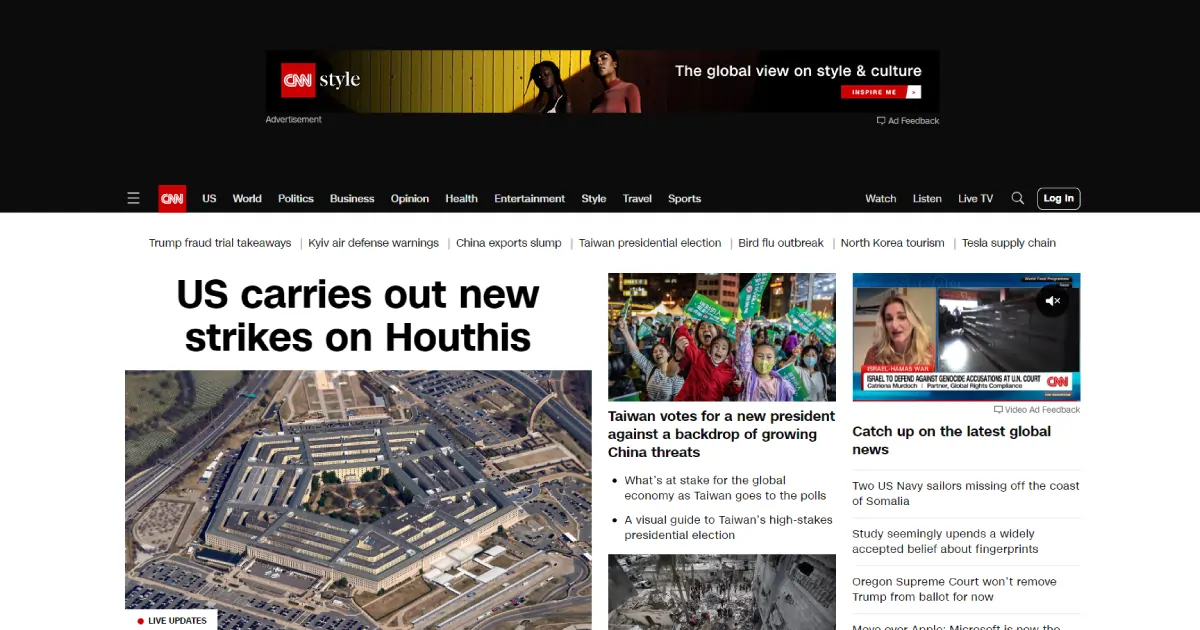
CNN is an amazing example of a dynamic design website. It is updated regularly and by identifying readers’ locations, it recommends relevant news. For example, I am a user from California, if any news regarding California arrives, it stays on top.
Social Media sites
Social media constantly update according to users’ actions. For example, you like to read memes on Facebook. It immediately records your likes and sends suggestions to your newsfeed. Another great example of a social media site is YouTube.
YouTube

Always new videos get uploaded on YouTube and every user has different preferences. Thus, YouTube records users’ watch history and recommends similar types of videos. For example, I like to watch anime, so when I watch any shorts or videos, YouTube recommends anime-related things. The same goes for sports lovers, news, and movie lovers.
Service Websites
If you are a service provider and attract your audience with content, blogs, etc., creating a dynamic site will be beneficial to you. When searchers click on a blog, your website will recommend similar blogs to them. The content recommendation will change following customer action.
Perfect Retouching
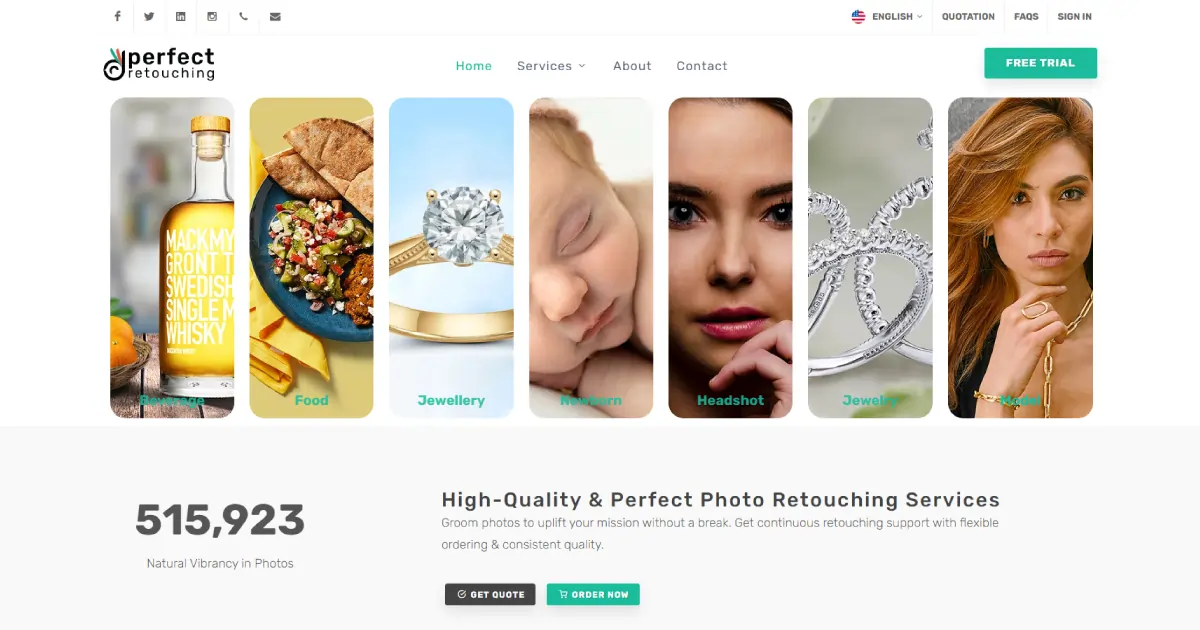
Perfect Retouching is a photo editing service provider. The pages include information and images regarding the services they offer. So, when you go to their pages and blogs, they recommend related blogs and keep you engaged. It is a great strategy to increase visitors and improve ranking online because when your visitors stay longer on your website, search engines take it as quality content and improve its ranking.
The Benefits & Disadvantages of Building a Dynamic Website
Building a dynamic website comes with both benefits and disadvantages.
Benefits
Here are the advantages of using dynamic sites.
- Smooth update. You can quickly and easily set up your web pages ensuring your visitors get to see an error-free updated webpage. It is also good for search engine optimization as the audience can see complete content hassle-free.
- User-friendly website. The website content changes according to the user requirements which enhances customer engagement & revenue.
- Trouble-free maintenance. Dynamic websites use scripting languages to keep all database information and make changes on the pages. As a result, updating & uploading content, images & videos, and editing website design becomes relatively easier.
- Professional & elevated look. As dynamic website content changes according to user’s preferences, it provides an elevated and new look every time. Also, the variation in website design ensures a professional look to your website.
Great future. Ensuring audience engagement is a must to create your brand identity. Dynamic websites provide your users with a responsive experience through personalized browsing, ensuring they stay and make a purchase.
Disadvantages
Dynamic websites come with some disadvantages. Here are these:
- Security risks. As dynamic websites rely on databases to provide interactive performance, they fall under many threats like SQL injection attacks, cross-site scripting, etc. However, there are many possible solutions to risks and threats, use those solution packages to protect your website.
- Slow loading time. Because of continuous content generation, it takes time to load the pages. So, if the users scroll fast, some content may not be visible.
- Complex setting up and operating system. As you need to connect every page separately to the database, it can take time.
- Expensive. Dynamic websites need a host that supports your language and node code. It can be hard to find and expensive.
To Sum Up
You need to create a dynamic website to thrive in search engines and increase visibility. It helps you engage with your target audiences, ensuring a satisfying journey and their return.
You can easily build a dynamic website with WordPress however, find proper plugins that suit your services.
Netflix is a dynamic website because by identifying users' login information, most and past viewings, and location, it suggests content users may like.
Yes. The content changes according to the searcher's query. They have search options like images, videos, news, etc. So, when someone searches for any question, all the categories get updated accordingly and show the top results.
